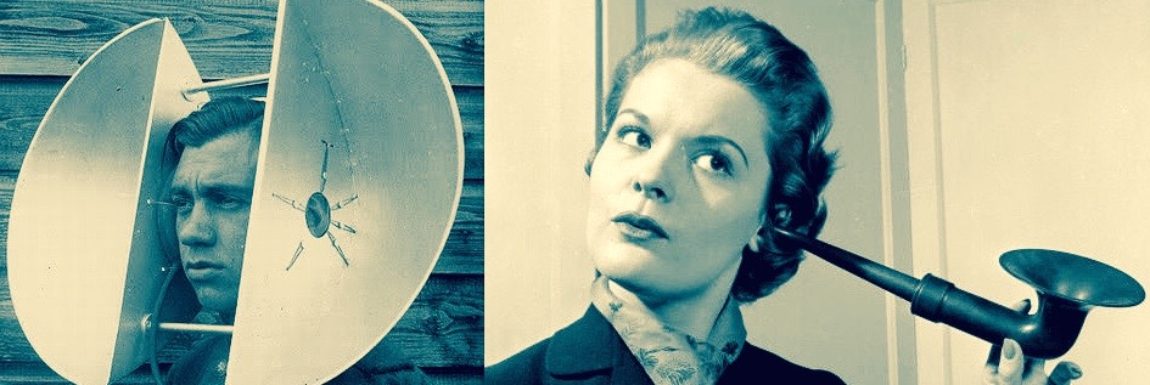
The race is on, and hopes are rising for the 450 million people who suffer from debilitating hearing loss.
Teams of researchers and companies around the world are working hard to develop a treatment. One of the more promising approaches is being pioneered by Rinri Therapeutics in the U.K.
Their eventual goal is to reverse sensorineural hearing loss (SNHL) which is the cause of 90% of hearing loss.

CSO Rinri Therapeutics
Rinri’s work is founded on research into auditory stem cells by Professor Marcelo Rivolta and his team at the University of Sheffield. In 2018 Rinri was spun off from the university to develop and commercialize hearing loss treatments.
SNHL is caused by the loss of hair cells and/or their associated auditory neurons. We’re born with only so many of both types of cells and when they’re dead or damaged they’re gone for good. Or are they?
Those attempting to answer that question are using various approaches (see Frequency Therapeutics, Otonomy).
Rinri’s strategy appears to be unique. It’s trying to regrow or regenerate those critical cells using the same type of progenitor cells that triggered their growth in the womb.
The animal models are encouraging. They demonstrate a reversal of hearing loss with a 40% improvement in hearing.
A little background:
Hair cells move in the fluid filled cochlea as they respond to vibrations that are passed on to them from the ear drum. Picture seagrass on a river bed waving back and forth in a flowing current. They turn sound into movement.
Auditory neurons are the specialised cluster of cells at the base of the hair cells, the roots if you will. Their job is to turn the movement of the hair cells into electrical signals that are sent to the brain for processing.

CEO Rinri Therapeutics
“We reckon 75 percent of all sensorineural hearing loss is caused by damage to the hair cells”, says Rinri’s CEO Dr. Simon Chandler. But the remaining 25% is either caused by damage or loss of auditory neurons alone or in combination with the death or damage to both the hair cells and the auditory neurons.”
Rinri’s initial focus is on restoring the auditory neurons in part because regrowing hair cells is the more difficult challenge. Another reason is that regenerating those neurons might be good news for those receiving cochlear implants.
“Cochlear implants are great and they serve quite a lot of the hearing loss community,” says Chandler. But they have their limitations. “It seems that most of the underlying cause of that is auditory neuropathy”, dead or damaged auditory neurons that aren’t properly transmitting signals from the implant to the brain.
“So what we can do, in the initial stages, is look at acting as an adjunctive therapy for cochlear implants and actually improve the performance of cochlear implants. But ultimately we are looking to replace them.”
And of course the big question is when will we see Rinri’s therapies in human ears?
“We’re about two years away from the first human clinical trials”, concludes Chandler.

